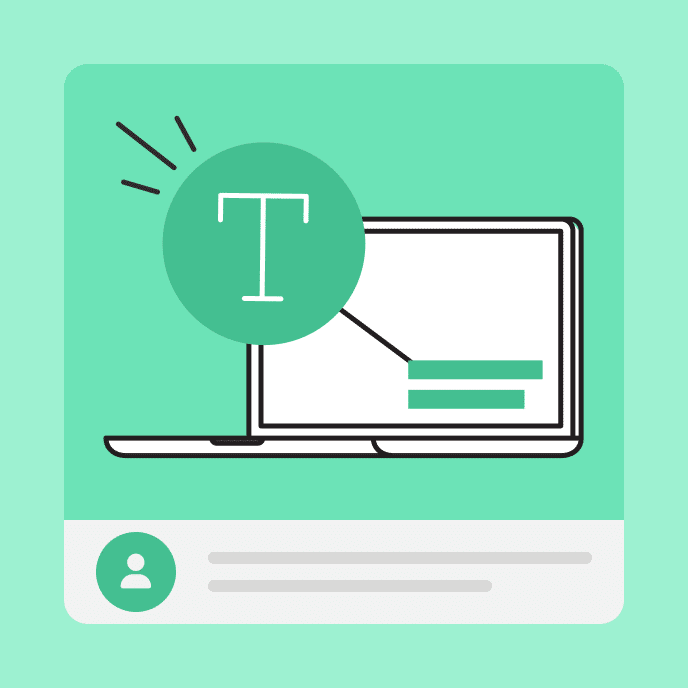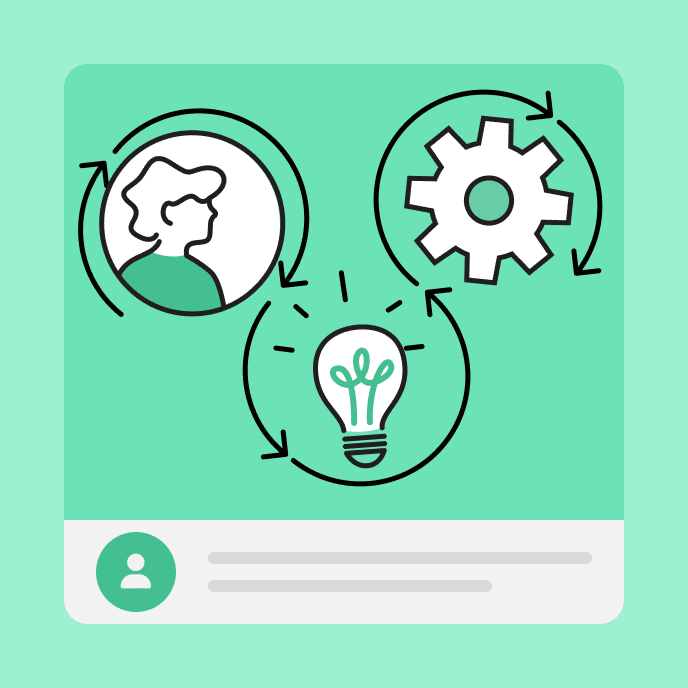The Technical Mismatch: When Your Great Course Can’t Actually Be Used
Learn how to identify and avoid common technical barriers that prevent learners from accessing your e-learning content, saving time and ensuring successful delivery.

Ever created a beautiful e-learning course only to discover your learners can’t access it? Maybe their computers don’t support it, or they work in an environment where they can’t easily take the training.
Even the most well-designed e-learning course can fail if learners can’t actually access or use it in their work environment. By understanding your learners’ technical constraints before development begins, you can create courses that work in the real world and avoid costly revisions.
Let’s talk about avoiding these technical disasters.
Real-world examples
Here are some real-world examples from my experience where technological limitations impacted the course experience.
- A fantastic audio-based course for workers who don’t have sound cards
- Interactive scenarios for employees who only have tablets and no Internet connection
- High-bandwidth video training for people with slow internet
- Complex simulations for outdated browsers
- Long courses for workers who can only train in short bursts
The cost of getting it wrong
Here are some of the impacts of not considering the technology part of course development.
- Wasted time
- Frustrate learners
- Delay training rollouts
- Damage credibility
- Waste budget on unusable solutions
Essential questions to ask first
Want to avoid some of these issues? Before starting development, find out:
- What devices will learners use?
- What’s their typical work environment?
- Do they have reliable internet access?
- What browser/version are they using?
- Are there any accessibility requirements?
- What are their typical time constraints?
Creating technical requirements that work
Here’s a good starting point:
- A technical audit of learner workstations
- Environment observations
- Accessibility needs assessment
- Bandwidth testing
- User experience testing
Solutions for common problems
Here are some simple solutions for issues that you may encounter.
- No sound? Use visual alternatives
- Slow internet? Optimize file sizes
- Mobile users? Design for small screens first
- Old browsers? Use compatible technologies
- Time constraints? Create micro-learning modules
Start with technical requirements to ensure successful delivery
The success of your e-learning project depends as much on technical compatibility as it does on great content. By assessing your learners’ technical environment early and planning solutions for common constraints, you can create courses that are both effective and accessible to your entire audience.
Remember: The most sophisticated e-learning solution is worthless if your learners can’t access it.
You may also like

What Is Adaptive Learning?
Discover how adaptive learning transforms training into a personalized, data-driven experience that raises engagement and real-world impact.
